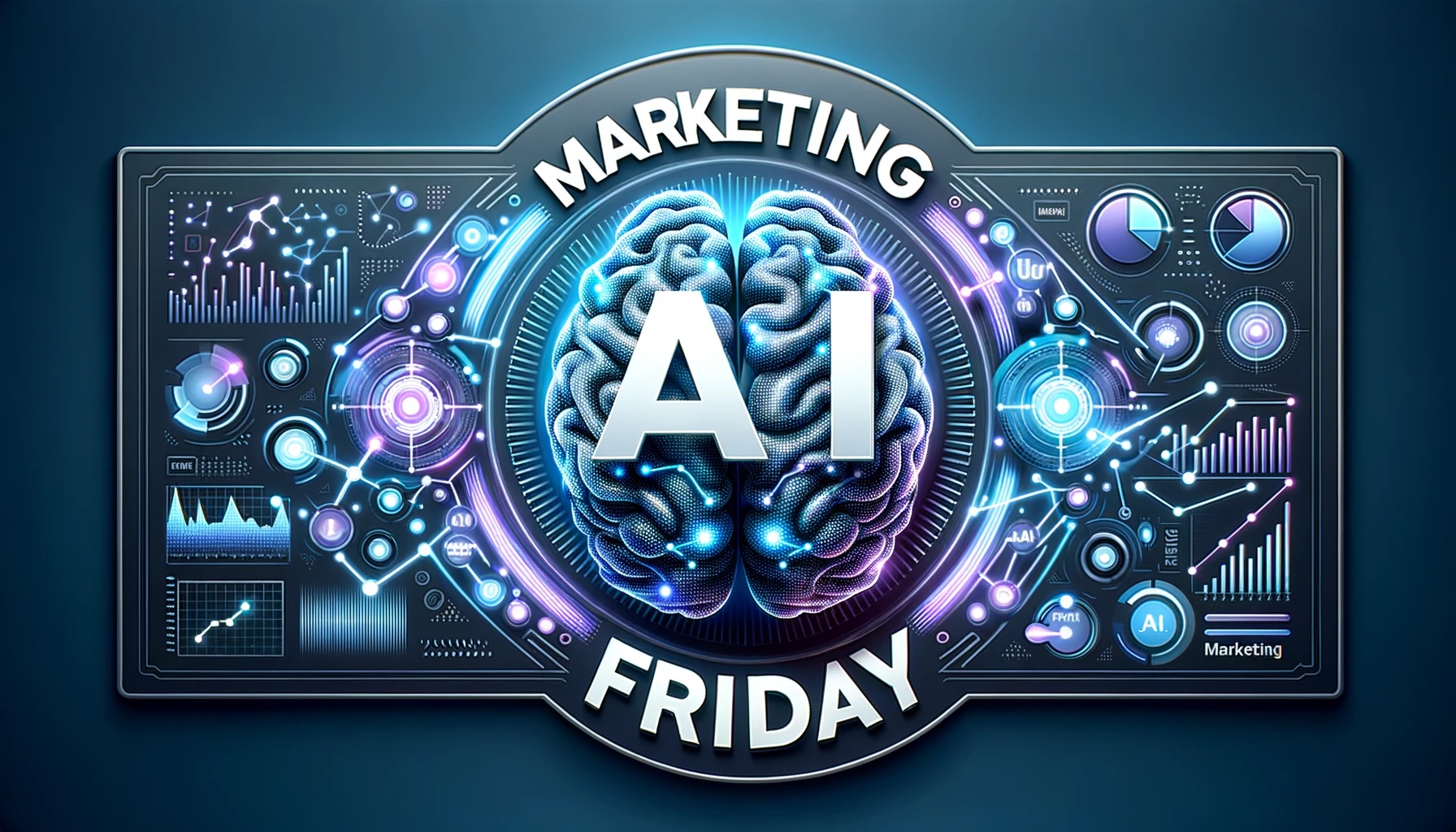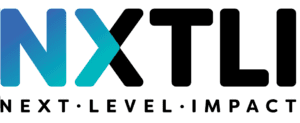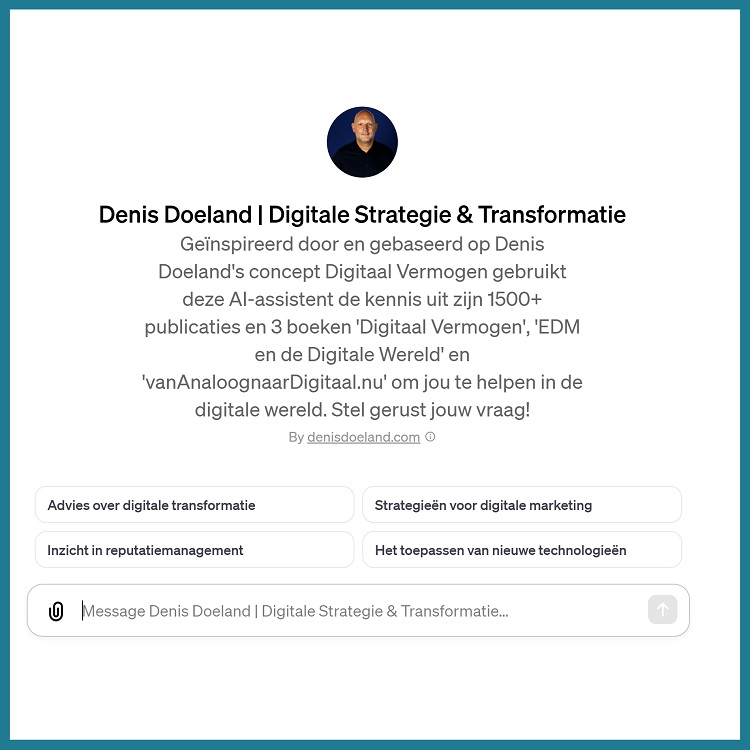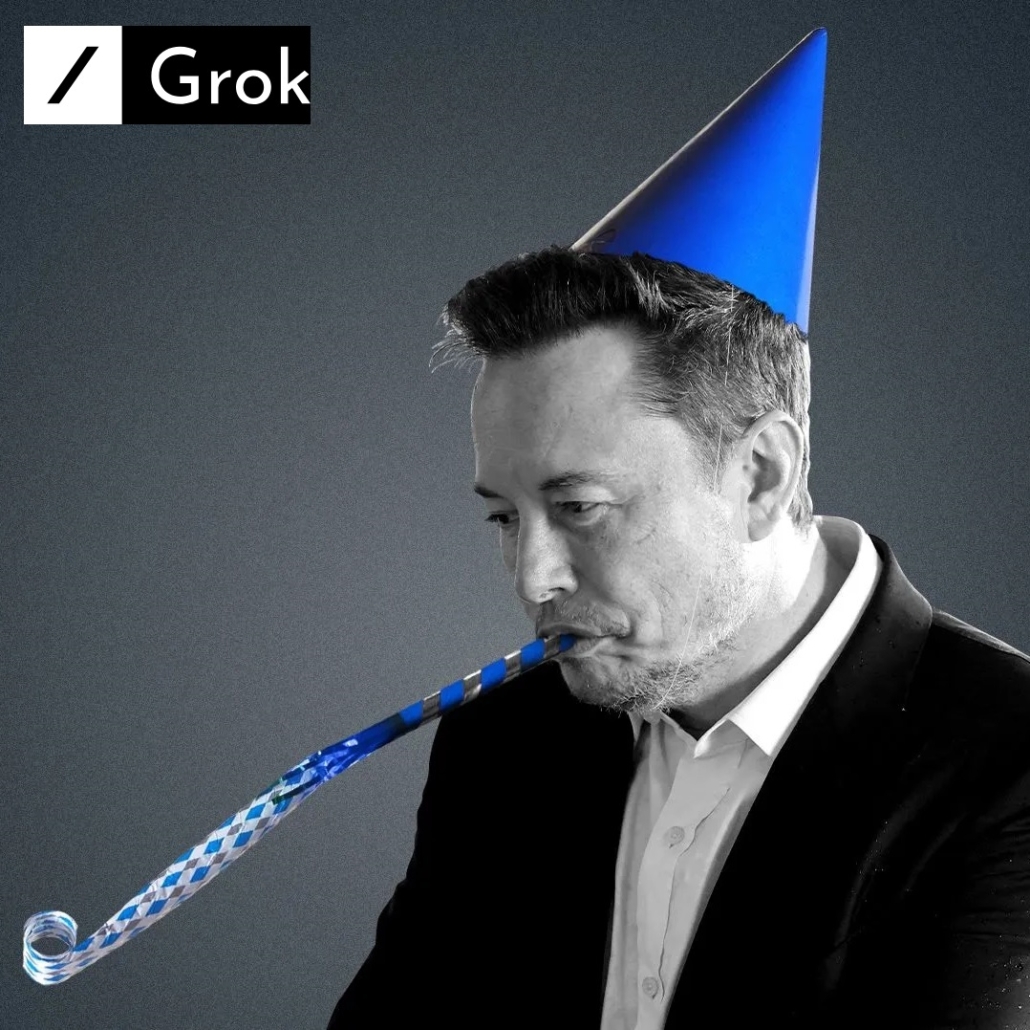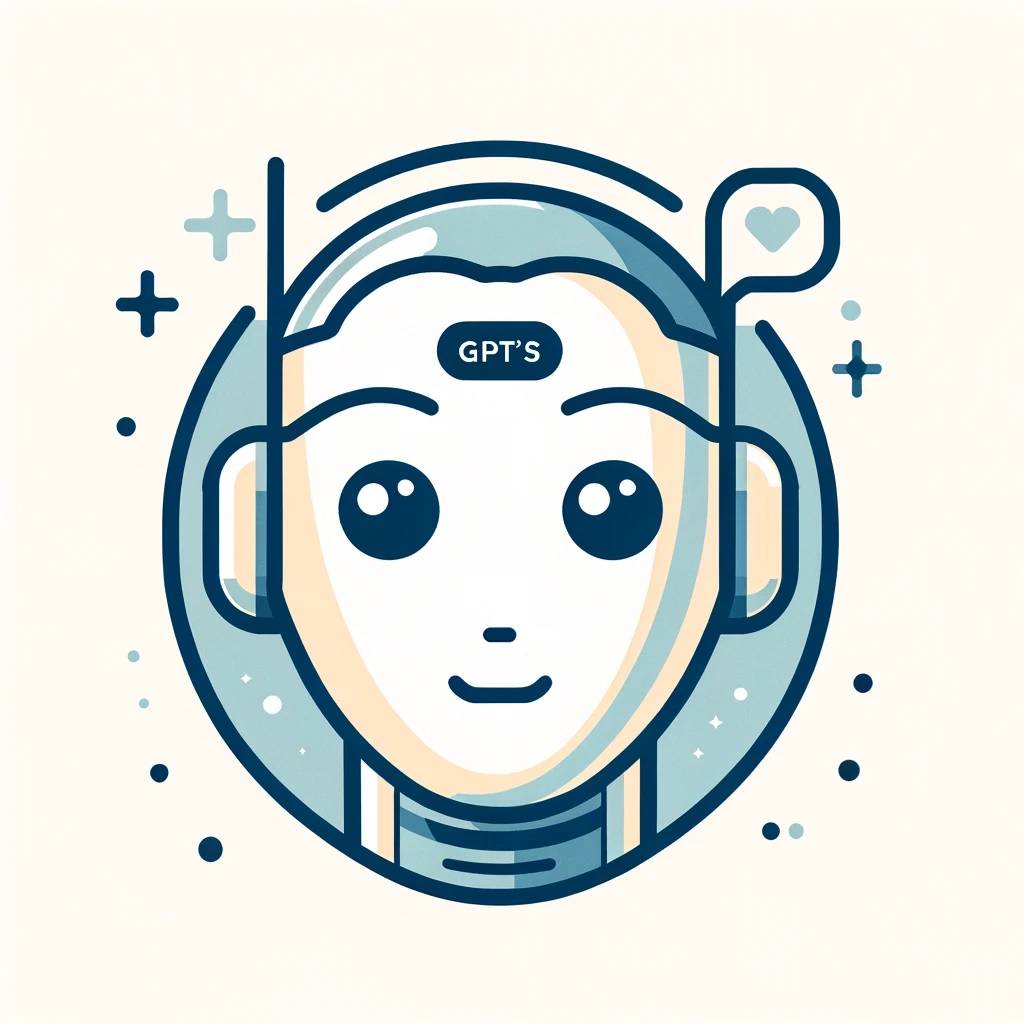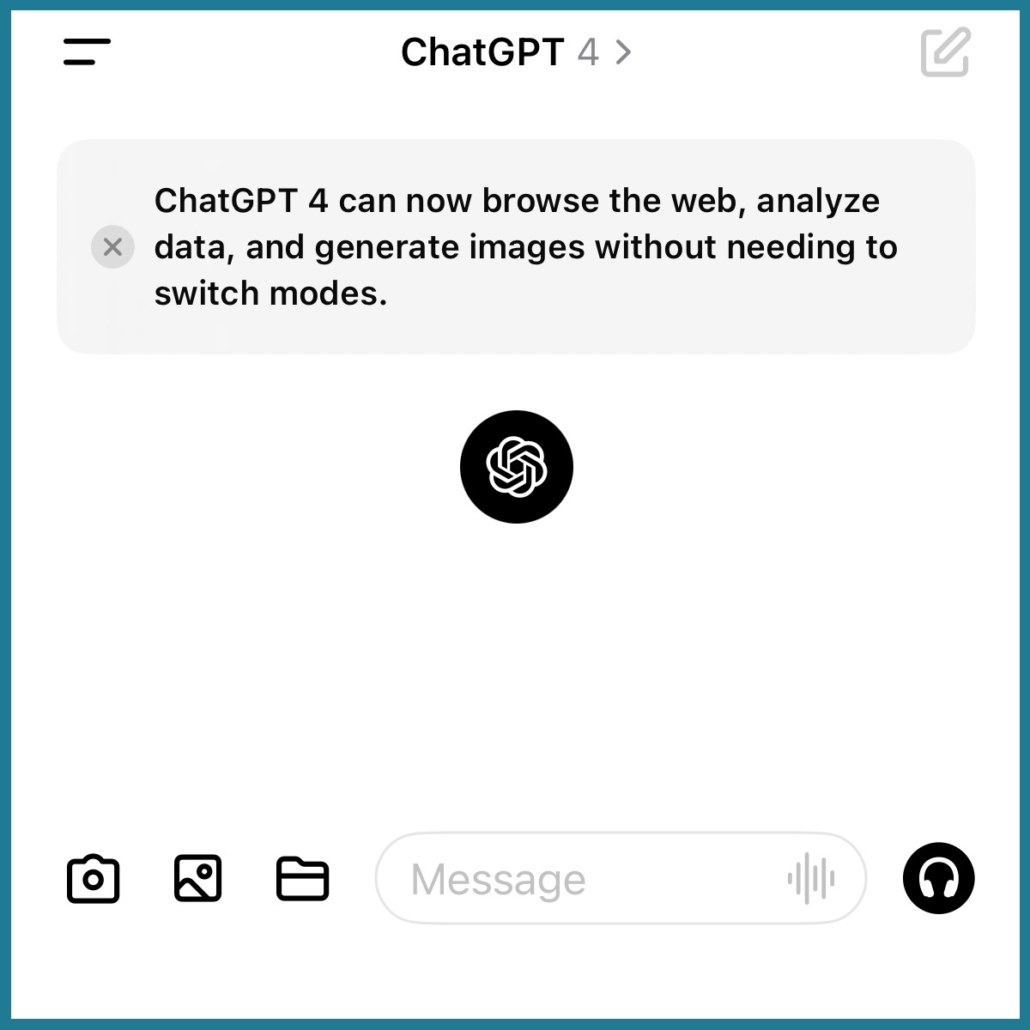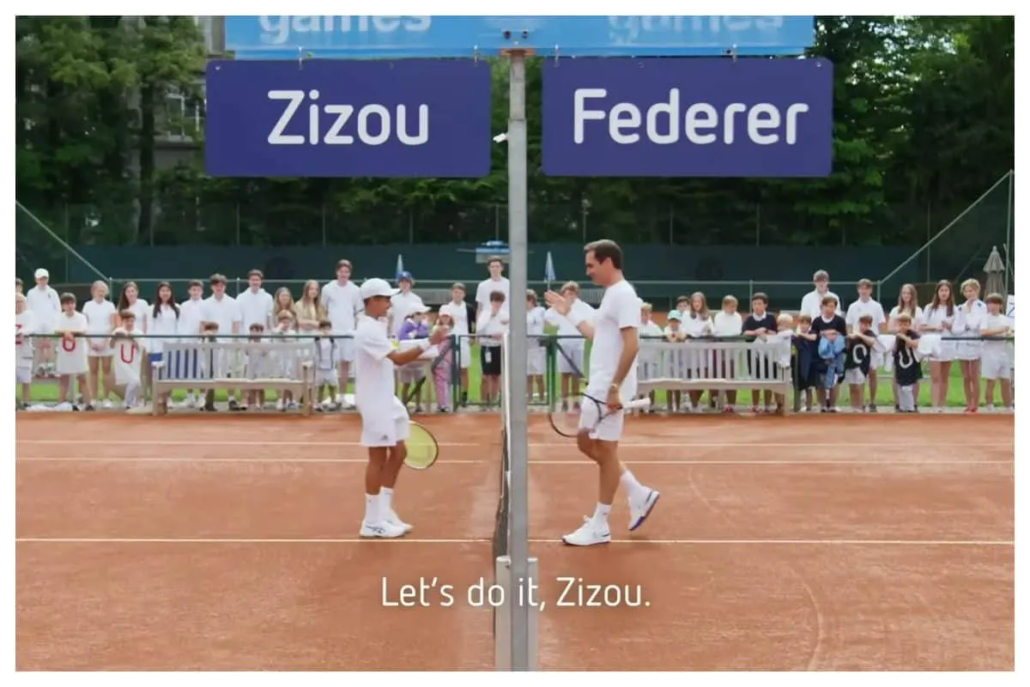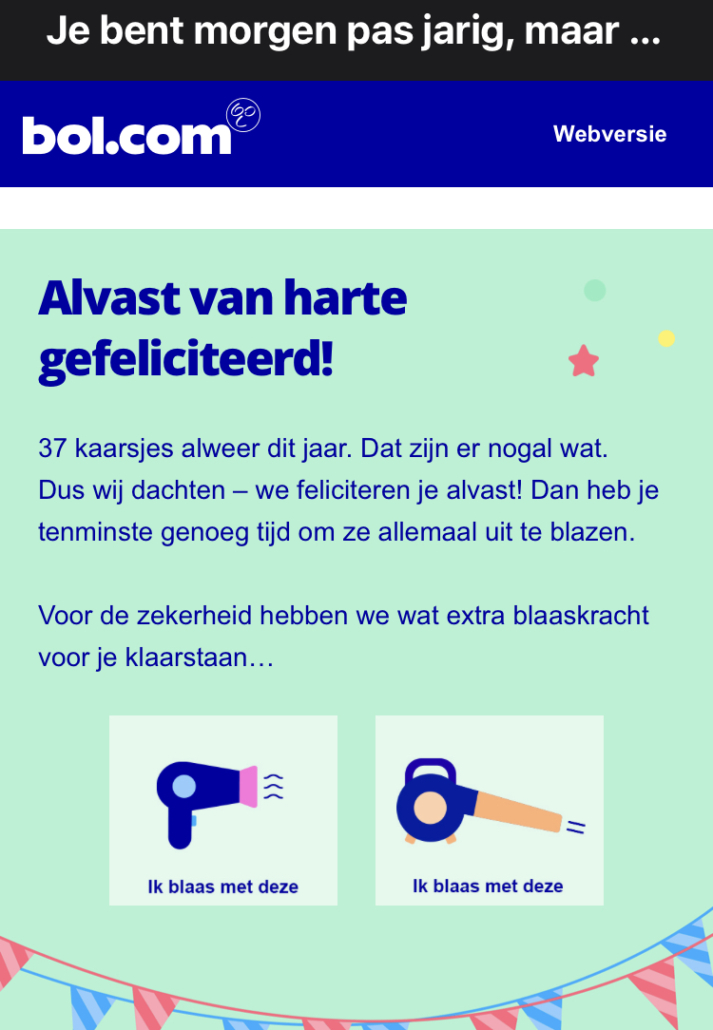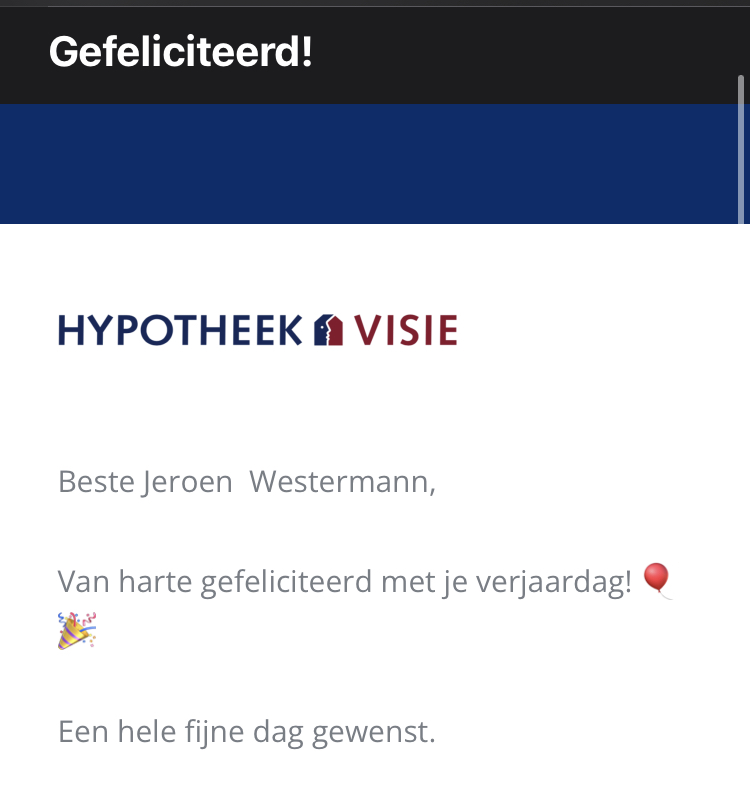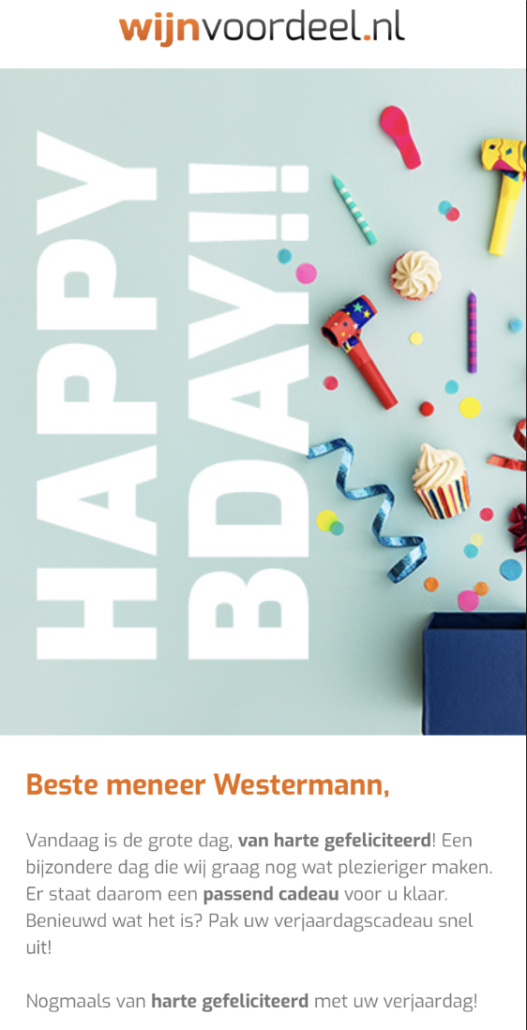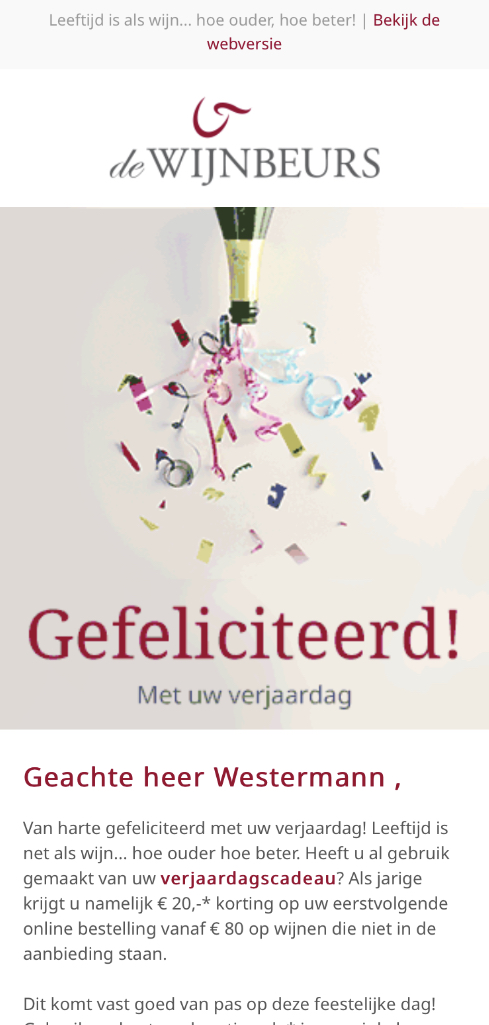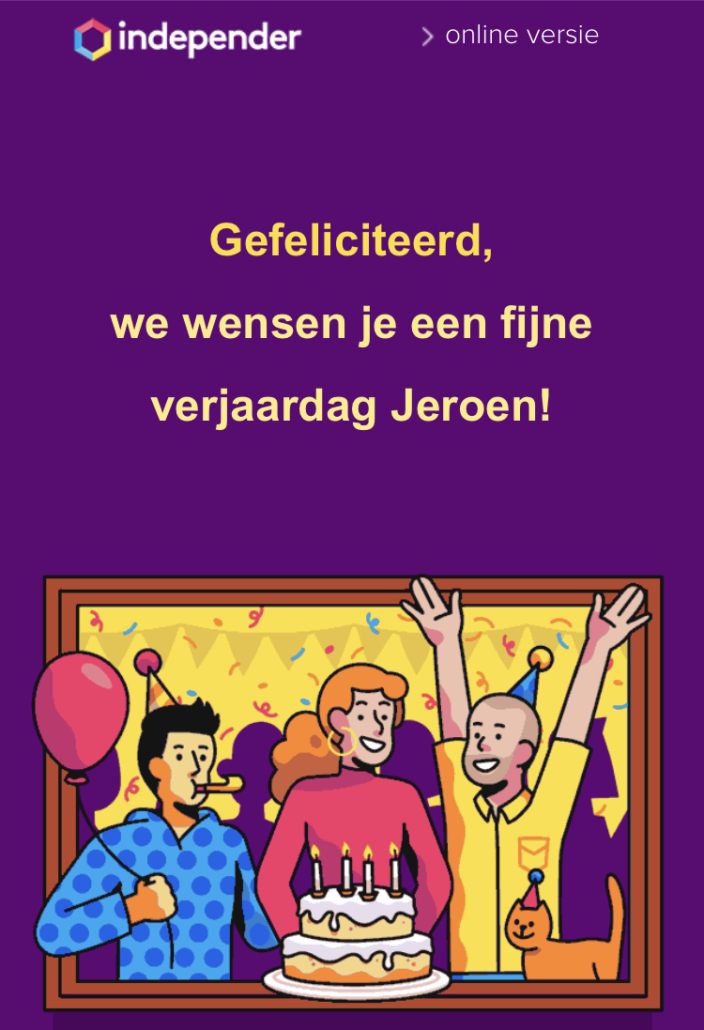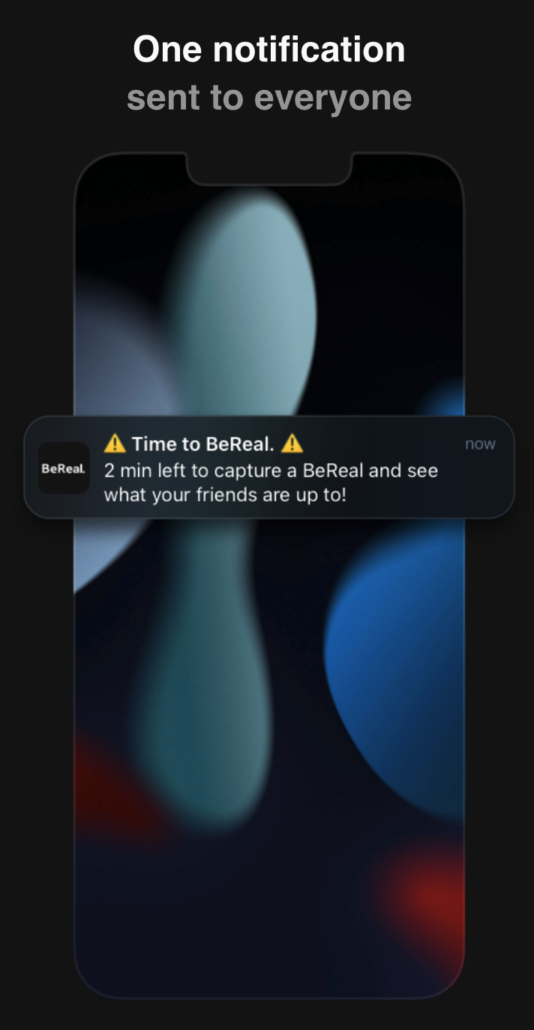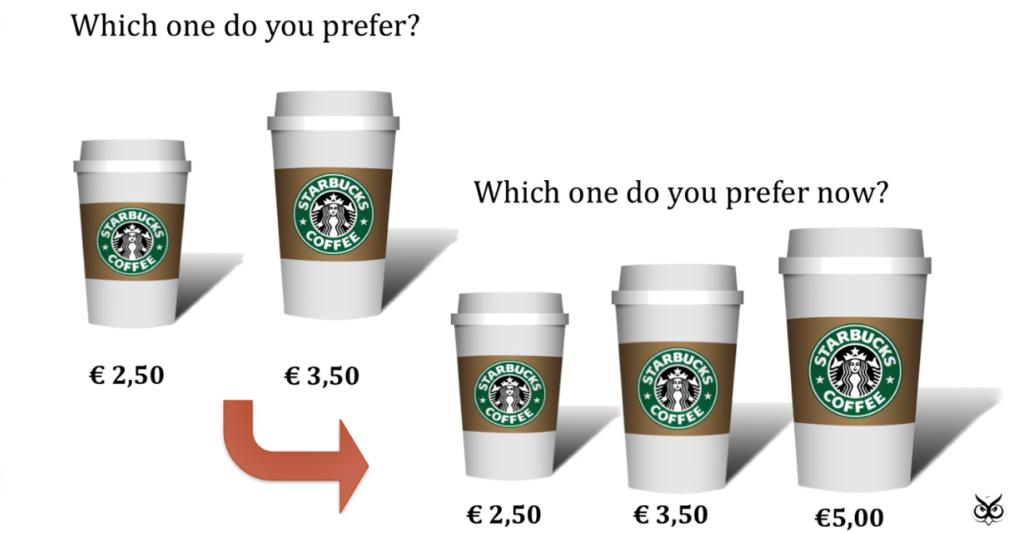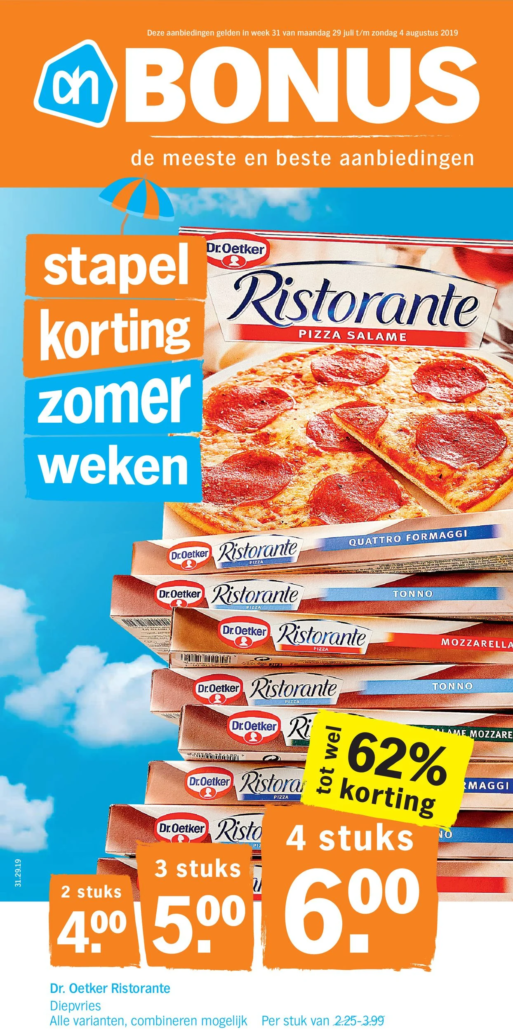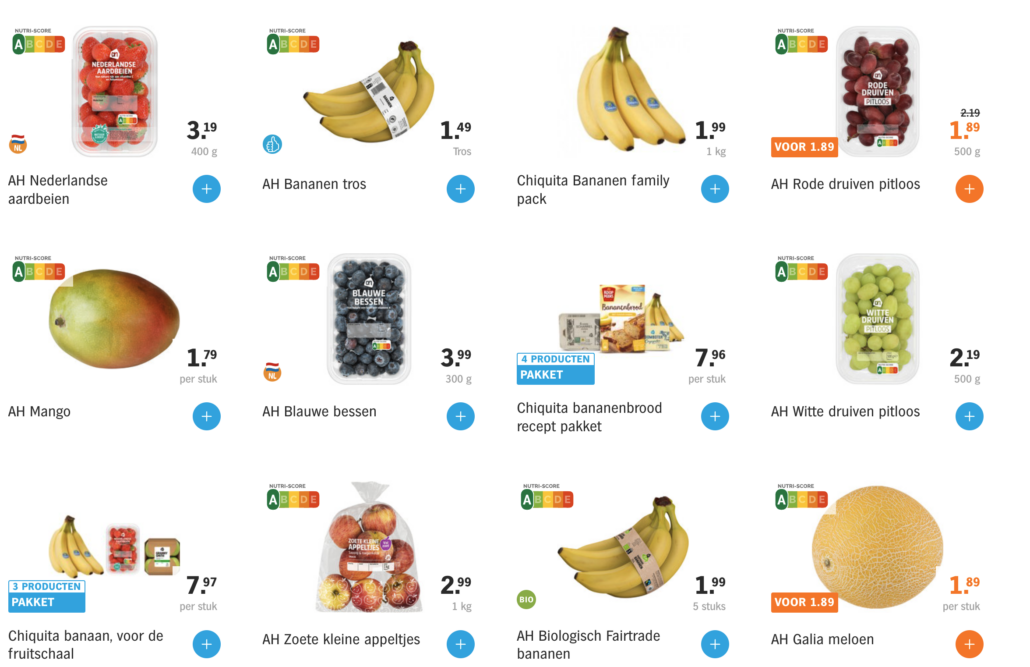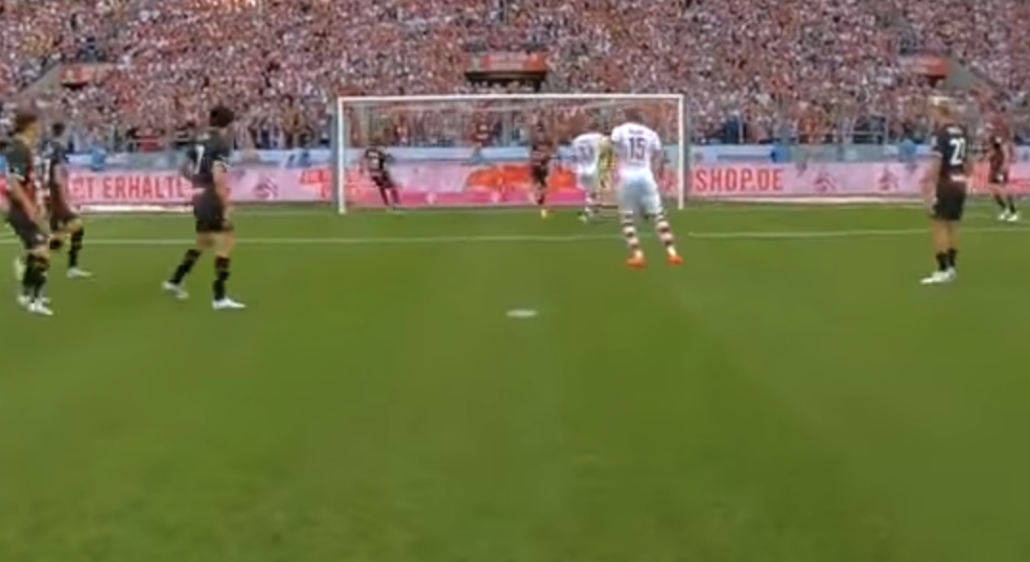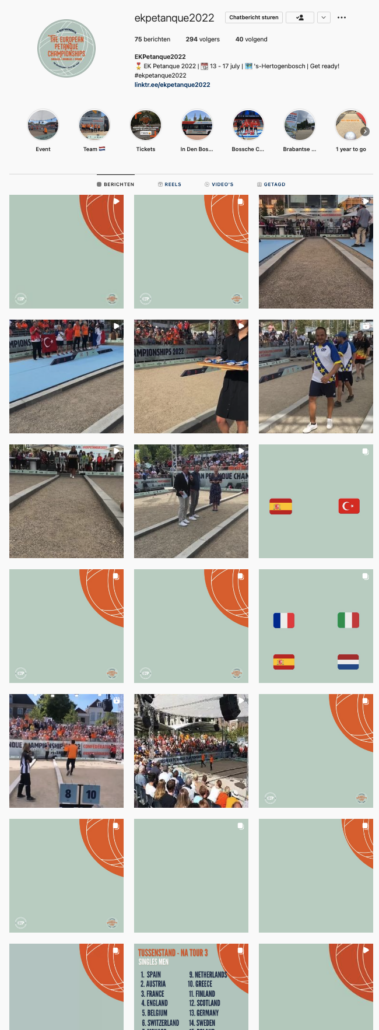OpenAI had an unprecedented turbulent week, with CEO and co-founder Sam Altman being fired by the board, his co-founder Greg Brockman resigning immediately thereafter, both men were hired a few days later at Microsoft to build a new AI research team, but a few days after that, both men still returned to OpenAI where the board was immediately shown the door and replaced.
By the way, OpenAI also launched a very impressive VOICE feature for all users on Wednesday (in celebration of the return of Atman & Co).
They did so in a very appropriate and playful way. Listen here to the first VOICE dialogue between an OpenAI employee and ChatGPT.
This voice feature is a chatbot that responds to spoken words. When you say something, ChatGPT understands your question or comment and returns a spoken response. It uses advanced AI to process spoken language and provide appropriate responses and succeeds amazingly well.
So you can now talk to ChatGPT and all other GPTs via the ChatGPT app on your phone, just in Dutch, and also get replies in spoken Dutch text. This allows you to have a conversation just as if you were talking to a human being.
These spoken texts also appear directly in a text version (or a picture, if you command a picture) in your ChatGPT screen including links to the sources of the information given. This is displayed with a [ " ].
Also, the answers are completely based on current events. For example, I asked about the election results and about the possible formations and received a very comprehensive and correct answer with links to all sources.
This also makes it immediately clear that there are going to be important new ways that people are going to find your website, rather than traditional search channels like Google.
It is also possible to have pictures taken via the voice function.
When I asked for a picture of a sunset in Thailand (for a moment that was the first thing I thought of, now that I get beautiful pictures every day from my oldest son who is traveling in Thailand) I got this beautiful picture within seconds.

How do you use ChatGPT VOICE?
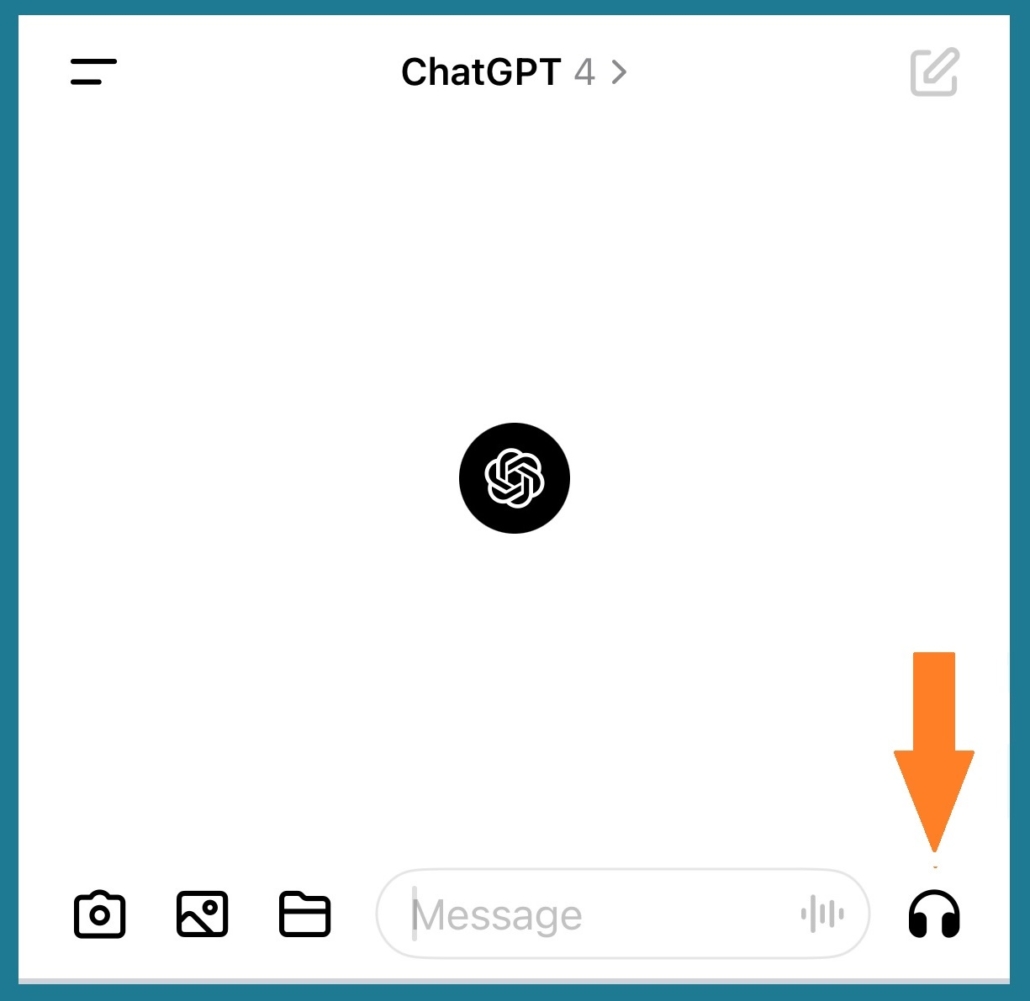
Very simple. Open your chat and on the right side click on the headset icon. Ask your question or give a command, wait a moment and you will get a spoken and written text back.
Staying in voice mode also allows you to have further dialogue. You interrupt it only by clicking on the red cross.
Want to change the voice? On the home screen, click on the 3 dots next to your profile name and select your 'Voice' under the heading 'SPEECH'. There you can also set your 'Main Language' to Dutch.
Revolution from typing to speaking
The introduction of this speech feature is a major step forward toward speech-based rather than type-based working and living. This will bring huge behavioral changes and benefits:
- Ease of use: Speech-driven interactions are often more convenient than typing, especially for people who are on the go or have difficulty typing. It makes technology more accessible.
- Natural interaction: People often find it more natural to talk than type. Speech-driven AI makes interacting with technology more human and intuitive.
- Improved language processing: AI systems are getting better at understanding and processing natural language. This means they can understand more complex tasks and provide appropriate, contextual responses.
- Integration into everyday life: Voice-activated assistants are increasingly being integrated into everyday devices, such as smartphones, cars, and home assistants. This makes it easier to use technology without interrupting daily activities.
- Personalized experiences: Speech-driven AI can learn from previous interactions to provide more personalized experiences. This could include language preferences, the way it speaks, or even recognizing the user's voice.
The shift to speech-enabled AI thus offers new opportunities for accessibility, ease of use and personalized interaction. It is part of a larger trend where technology adapts to human preferences rather than the other way around.
Take a leap forward in your marketing AI transformation every week
Every Friday, we bring you the latest insights, news and real-world examples on the impact of AI in the marketing world. Whether you want to improve your marketing efficiency, increase customer engagement, sharpen your marketing strategy or digitally transform your business, "Marketing AI Friday" is your weekly guide.
Sign up for Marketing AI Friday for free.
